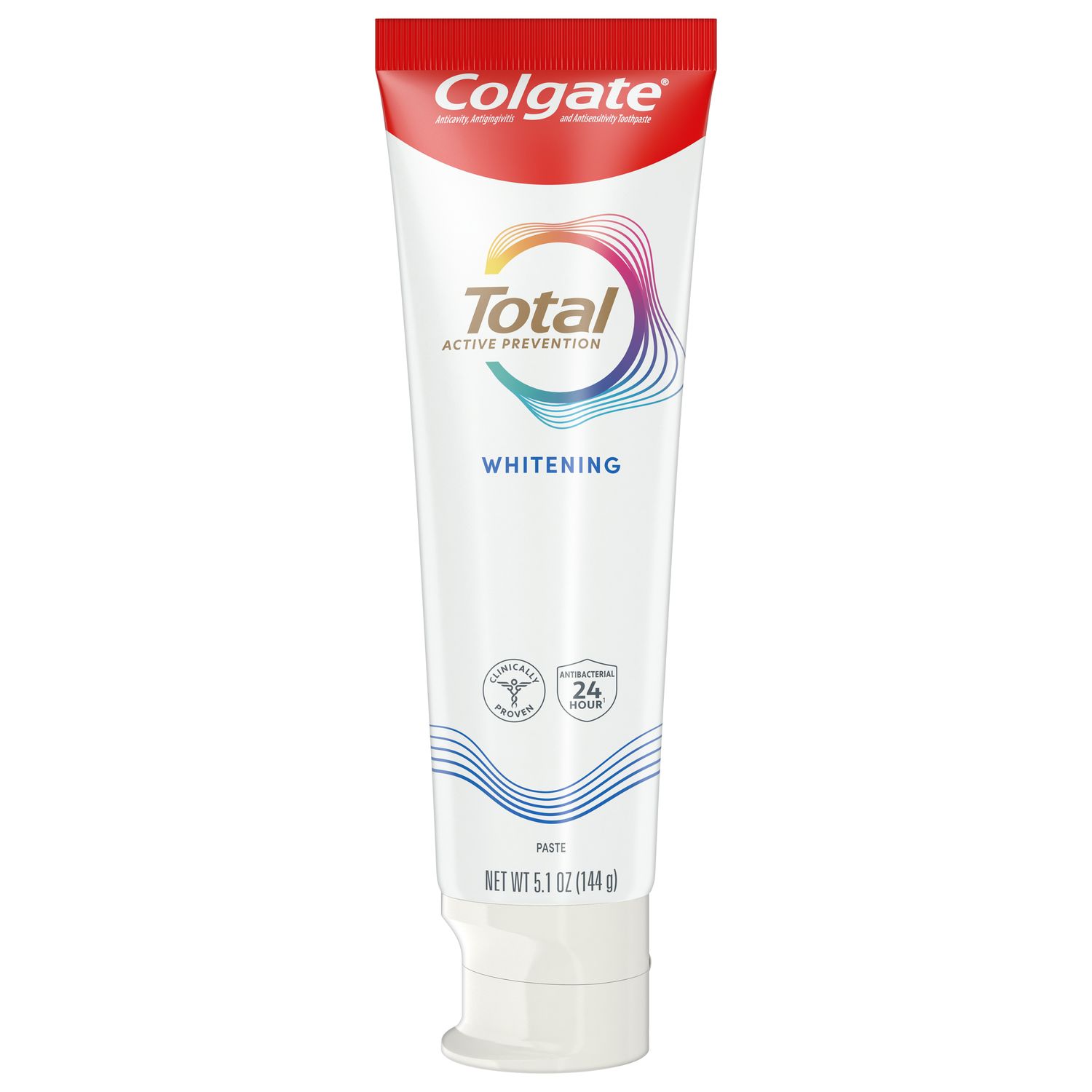What Are Dental Sealants?
Sealants are thin, protective coatings made of plastic materials. Dental professionals typically paint them on teeth with a high risk of decay, such as children’s molars, to keep cavities from forming. Because of the material, they smoothly flow over the grooves of the teeth and harden immediately so that children can start chewing soon after they’re applied.
Beyond the easy application, sealants are incredibly effective. According to the CDC, sealants can reduce the risk of decay by nearly 80% in back teeth, potentially eliminating or reducing the need for expensive fillings and crowns. Yet while sealants are a safe and easy way to prevent cavities, only about 43% of children have them. Luckily, the federal government is enacting measures that make teeth sealing more accessible.
So, how do dentists seal teeth? Let’s look at the step-by-step process.
How Are Teeth Sealed?
According to The Cleveland Clinic, there are six steps to this process, and it only takes a few minutes.
- Cleaning: To help provide a good seal, your dental professional will thoroughly clean the teeth receiving the treatment so that no plaque or food debris is hiding. There is no drilling or scraping of the molars.
- Drying: Your oral care provider will dry the teeth with cotton or a similar material.
- Bonding: An acid solution is put on the dry teeth’s chewing surfaces to “rough up your teeth.” This helps the sealant form a bond to the teeth.
- Rinsing and Drying: The teeth are then rinsed and dried before your oral care provider applies the sealant.
- Sealant Application: The sealant is then painted onto grooves of the teeth, where it bonds directly to the tooth and hardens. According to the American Dental Association, sealants can also be placed over cavities to prevent further damage.
- Curing: In the final step, your oral care provider will use a special blue or white light called a "curing" light to help harden the sealant. After the procedure, you can eat and drink right away.
When To Receive a Glass Ionomer Treatment
While composite resins are commonly used for this treatment, your oral care provider might recommend a glass ionomer treatment instead. According to the FDA, glass ionomer cement contains a combination of organic materials and a glass filler that releases fluoride over time.
When it comes to the benefits or advantages of this type of sealant, The Journal of Functional Biometrics says that while both types of materials are effective, glass-ionomer can be more effective in preventing cavities. That’s because this material can easily absorb fluid while still attaching to the tooth’s enamel, which ultimately adds stability to the material. This also means that the procedure for receiving a glass ionomer treatment is different from plastic-based sealants. Because this type of material absorbs fluid, the tooth does not need to be dried. This material is also self-curing, so your oral care provider will not need to use a light to dry it.
As far as which treatment is right for you or your child, it all depends on the specific needs. It’s worth noting that while sealants are a practical preventative choice, they do not take the place of brushing and flossing: be sure to brush twice a day with a soft-bristle toothbrush, floss daily, and visit your dentist office for regular checkups.
Overall, it’s a great idea to chat with your dentist or hygienist as your child’s molars start growing to see if a dental sealant is a good idea in preventing future cavities. That way, they can grow up with healthier teeth and more confident smiles.
Oral Care Center articles are reviewed by an oral health medical professional. This information is for educational purposes only. This content is not intended to be a substitute for professional medical advice, diagnosis or treatment. Always seek the advice of your dentist, physician or other qualified healthcare provider.
ORAL HEALTH QUIZ
What's behind your smile?
Take our Oral Health assessment to get the most from your oral care routine
ORAL HEALTH QUIZ
What's behind your smile?
Take our Oral Health assessment to get the most from your oral care routine














